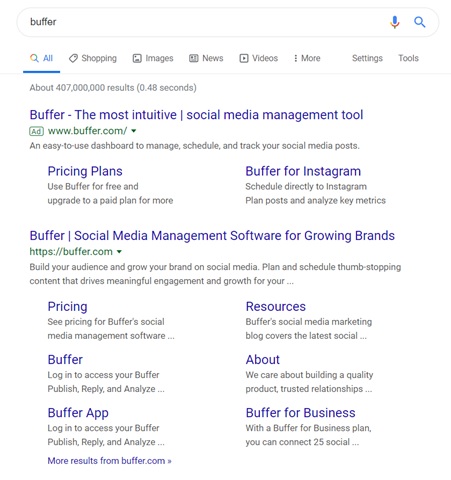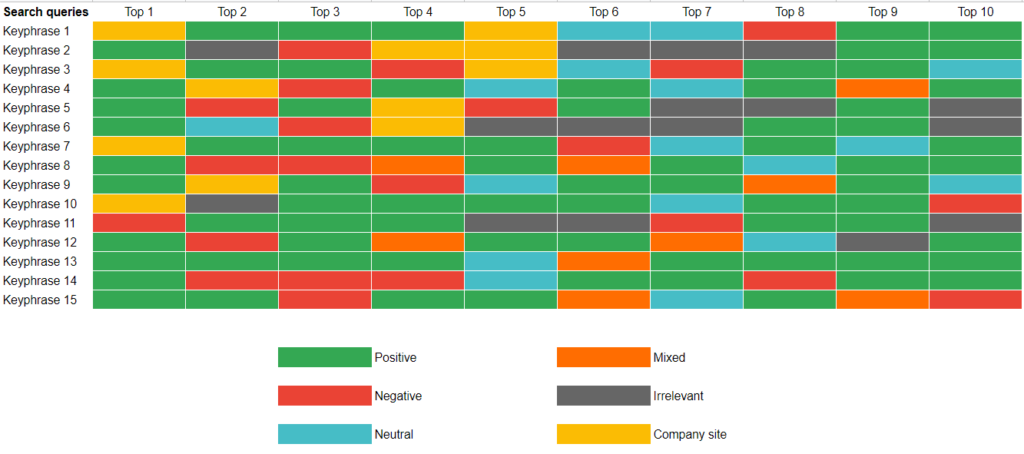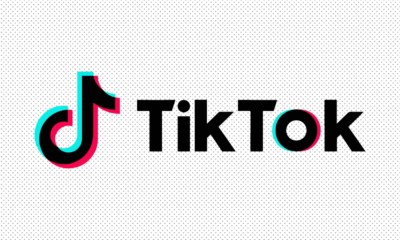Technology
How Can SEO Help Build Your Online Reputation?


Using SEO to create a positive brand image on the Internet in 5 steps.
In any industry or type of business, customers can look up information directly about a company online as well as the service other customers have experienced. The majority of customers begin a purchasing decision with online research.
Ensuring that search results return accurate, up-to-date information about your business is essential to maintaining your online reputation. Negative reviews, low ratings on review sites, and outdated or irrelevant information tarnish search engine results.
Online reputation management requires that you know what searches return for your business. You must constantly monitor the company’s online presence and take action when something needs to be fixed. In this article, we look at how search engine optimization (SEO) supports your online reputation.
Why is it important to keep track of your online reputation?
Spiegel’s research shows online reputation plays a key role in purchasing decisions. Almost 95% of people read online reviews before making a purchase. The purchase likelihood for a product with five reviews is 270% greater than the purchase likelihood of a product with no reviews.
Maintaining a positive brand image is one task of online reputation management (ORM). A subset of ORM deals with a reputation on search engines: Search Engine Reputation Management (SERM). SERM relies heavily on SEO.
Maintaining a reputation in search engines requires a combination of PR and SEO techniques that build a positive reputation in the top search results pages for a company, product, or individual.
When typing a query into the search box (for example, a brand name), the user should see positive and informative results on the first couple of pages. Ideally, they should find the practical information they need to make a purchase and good reviews that encourage their confidence and trust.
Example:
Buffer is a well-known social media software. The first page of Google search results has all the necessary information: The site comes first followed by the brand’s social media channels, reviews and star ratings, and links to their app. Even though the ratings are high, the 4th link shows a negative review.


SERM involves several stages. In each, search promotion takes a key role in optimizing the material and improving visibility in the search engine results. To understand how SEO is used for reputation management in search results, you should first understand the sequence of stages in which SERM is implemented.
How it works


Step 1: Analyzing existing content for brand queries
SERM begins with monitoring top search results to assess the current reputation of the company and identify the most problematic links. Problematic links include outdated, irrelevant, or negative content that may need to be updated, removed or responded to.
This analysis is impossible without a list of search queries. Therefore, it’s necessary to determine the search queries that are most often entered by users looking for more information about the brand.
You can create a list of search queries using the following tools, which identify queries based on statistical frequency in search engine data:
Step 2: Mapping out the sentiment of search results
After you have a list of queries, make a sentiment map for the top ten or 20 search results.


This allows you to see the impression a user searching for your company may get from the initial search results. The first 20 results make up your online reputation.
The overall sentiment in search results is defined by the company’s ratings on review sites and the content of visible snippets (short text that describes the link in search results).
- Positive: 80-100% of the links are positive
- Negative: 50-100% of the links are negative
- Neutral: 20-50% of links are negative and 20-80% show positive reviews, with over 50% of links and ratings being neutral.


Step 3: Implementing a SERM strategy
Depending on the types of links found during the previous step, you can now start preparing a plan for pushing back negative links. Your strategy should involve creating new content, removing outdated information, and working with negative reviews and ratings to resolve issues.
Don’t forget about the useful information that your clients should see first. For example, you might need to optimize your website text or blog publications so they appear in the first search result page. This content can also act as an additional source of target traffic.
Step 4: Generating SEO tasks for content
Before your new content can do the job of improving the image of your company in search results, it must be optimized so that a search engine sees the relevant information. Here are the steps to creating SEO-optimized texts:
1. Keywords and phrases should be evenly distributed across the text in a natural way that doesn’t compromise readability.
2. Important phrases should appear in meta tags:
- The “Title” attribute must contain the keyphrase for the main query, be short (4-7 words) and unique, and contain the most frequent keyphrase in the beginning.
- The “Description” attribute is usually shown in the snippet. It should be unique and enticing (making the user want to click the link to read more), should contain 150-180 characters, and use one or two keywords.
The text should have H1 to H3 header tags that give it structure and lists formatted with HTML tags:
(<ul> and <ol> and <li>)The originality of the text should be no less than 90%. However, for texts with a large amount of professional or legal language, the ratio can be reduced to 85%.
It’s also important to optimize images. Image search results rank relevant, optimized images much like text content and can, therefore, increase the site or article visibility in search results.
Recommendations for image optimization:
1. JPEG, GIF, and PNG formats
2. Compressing images to reduce weight and load time without losing visible quality
You can also optimize text associated with images to help search robots index correctly and “understand” the content of the images:
1. The image should correlate with its description
2. The file name should contain keywords
3. The alt text and title attributes are optional for search engines, but you should use them for the benefit of your page users
- Alt text and titles should use keywords but not duplicate H1-H3 headers used throughout the article
Step 5: Finding sites for your content
Consider the following when looking for places to share your content:
- Sites should be high-traffic and rank at the top of search results
- Site domain should match the country where you are promoting your content (for example, if you are targeting the British audience, the domain name should end in .uk)
- Site should have an SSL certificate (URL should begin with https)
- Site URL should be clean, short, and readable
- Site should be mobile friendly
- Site should have a high page quality or E-A-T score (Expertise, Authority, Trustworthiness)
If the sites comply with these requirements, you can significantly increase the ranking of your content. It’s more effective to publish fewer pieces on high-quality sites than many articles on sites with poor metrics.
SEO and SERM for long-term results
A positive first impression on Google can easily mean the difference between a sale and a customer who moves on. Establishing a good reputation online and increasing your brand’s visibility encourages your audience to click through, read your content, and build a relationship with your company. Maintaining your search engine reputation requires meticulous work, but it is very effective in increasing the quality of your search results and the overall image of your company online.
Author Bio:
Anna Dargie – Digital storyteller at Topface Media reputation marketing agency. Writer reputation specialist and marketing professional specializing in social listening and customer insights. She covers topics on reputation management, social media analytics and user-generated content marketing.



 General2 months ago
General2 months agoWhat Is Smart Construction? A Beginner’s Guide





 Technology1 month ago
Technology1 month ago7 Essential TikTok Metrics to Track for Higher TikTok Views in 2025



 Technology1 month ago
Technology1 month agoHow to Send WooCommerce SMS Notifications for Orders

 Model3 weeks ago
Model3 weeks agoTiffany Stratton: Biography, Wiki, Age, WWE Career, Net Worth, Before Fame, Boyfriend



 Technology4 weeks ago
Technology4 weeks agoTop 5 Tips for Using File Uploads in Your WooCommerce Store Efficiently

 Technology3 weeks ago
Technology3 weeks agoWhy Airlines Are Using Virtual Reality Services for Pilot Training



 General4 weeks ago
General4 weeks agoThe Hidden Costs of a DUI & How a Lawyer Can Help You Avoid Them





 Technology3 weeks ago
Technology3 weeks agoExploring TikTok AI: My Experience Making a Video With Only Artificial Intelligence




You must be logged in to post a comment Login